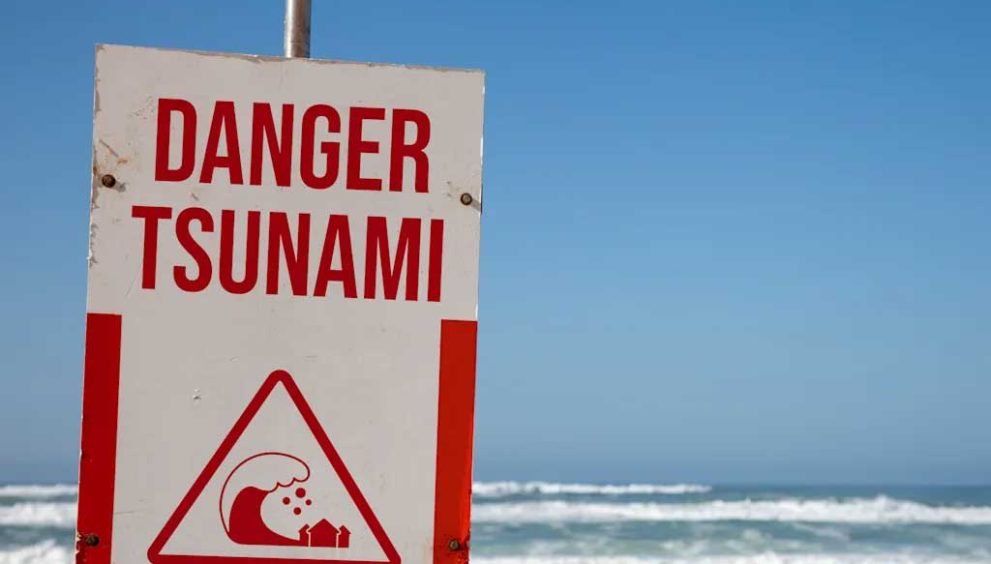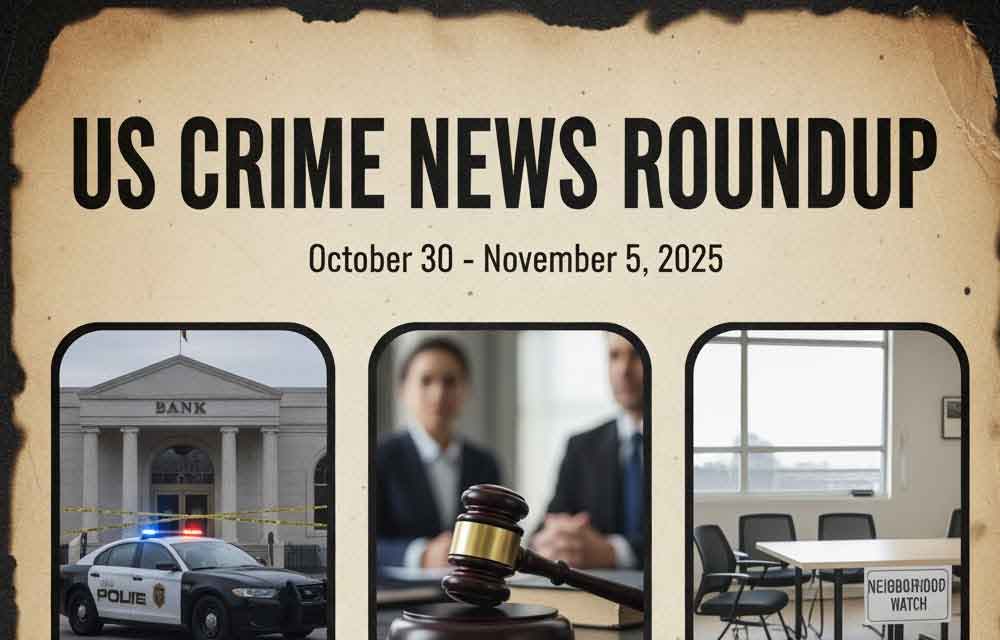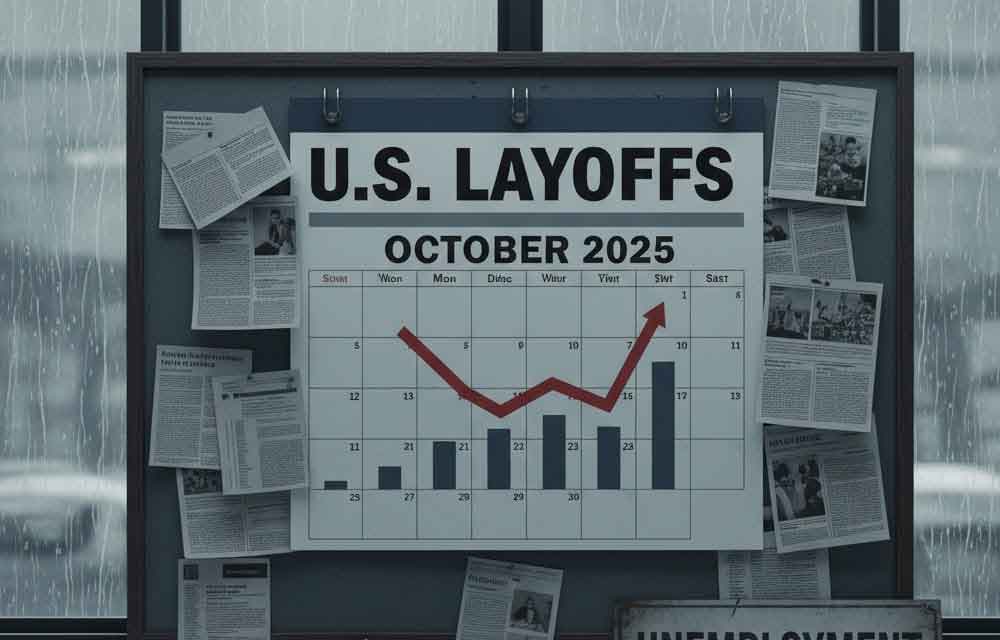Mega Tsunami Alert: Pacific Coast Braces for Catastrophic Waves

A chilling warning has put the Pacific Coast of the United States on high alert: a mega tsunami, with waves potentially reaching 1,000 feet, threatens to devastate coastal communities from Northern California to Washington’s Olympic Peninsula. The Cascadia Subduction Zone (CSZ), a 600-mile fault line off the Pacific Northwest, is primed for a catastrophic earthquake that could unleash a tsunami of unprecedented scale. With a 15% chance of a magnitude 8.0+ quake striking within the next 50 years, cities like Seattle, Portland, and coastal Oregon towns face a ticking time bomb. Here’s the dramatic story of this looming disaster, its potential fallout, and how to stay prepared, brought to you by www.clickusanews.com.
The Cascadia Threat: A Monster Beneath the Waves
The Cascadia Subduction Zone, where the Juan de Fuca Plate slides beneath the North American Plate, is one of the world’s most dangerous seismic hotspots. A major rupture could trigger a mega tsunami, with waves dwarfing those of typical tsunamis. According to a recent study in the Proceedings of the National Academy of Sciences by Virginia Tech researchers, a CSZ earthquake could cause coastal areas to sink by up to 6.5 feet, amplifying flooding and sending towering waves crashing miles inland. The last major CSZ event in 1700—a magnitude 9.0 quake—sent a tsunami across the Pacific, wiping out coastal settlements and reaching Japan. Today, with millions living along the coast, the stakes are apocalyptic.
“The waves won’t just flood—they’ll reshape the coastline,” warns geoscientist Tina Dura, lead author of the study. Unlike smaller tsunamis, a CSZ mega tsunami could hit with waves rivaling skyscrapers, leaving little time for escape.
At-Risk Regions: From Seattle to Crescent City
The danger zone spans southern Washington, northern Oregon, and Northern California, with Seattle, Portland, and smaller towns like Astoria and Eureka in the crosshairs. Low-lying coastal areas, such as Seaside, Oregon, and Crescent City, California, face the highest risk due to limited evacuation routes. Even distant regions like Alaska and Hawaii could see secondary effects from their own seismic activity. Simulations estimate over 30,000 deaths, 170,000 buildings destroyed, and $81 billion in damages if the CSZ unleashes its full fury. Current hazard maps fall short, leaving thousands of homes and critical infrastructure more vulnerable than previously thought.
A recent scare on July 29, 2025, when an 8.8-magnitude quake off Russia’s Kamchatka Peninsula triggered Pacific-wide tsunami alerts, showed the region’s fragility. Though that event produced manageable waves—5.7 feet in Hawaii and 3.6 feet in Crescent City—it was a stark reminder of what’s possible.
Minutes to Survive
A CSZ mega tsunami would offer no warning time like a hurricane. Once the earthquake strikes, waves could hit the coast in 15-20 minutes, leaving residents racing against the clock to reach high ground. The 1958 Lituya Bay tsunami in Alaska, triggered by a landslide, produced a 1,719-foot wave—the tallest ever recorded—illustrating the sheer power of such events. “You’ll feel the ground shake for minutes, then the water comes,” says Dr. Chris Goldfinger of Oregon State University. “If you’re not moving immediately, you’re in trouble.”
How to Prepare
Emergency officials are sounding the alarm for coastal residents to act now. Here’s how to stay safe:
- Know the Signs: Prolonged ground shaking or a receding ocean signals a tsunami. Head to high ground or inland immediately.
- Evacuation Plans: Identify the nearest high ground or vertical evacuation structure. Coastal towns like Seaside, Oregon, have built tsunami towers for this purpose.
- Emergency Kits: Stock food, water, flashlights, and first-aid supplies for at least 72 hours.
- Stay Informed: Monitor alerts from the U.S. Tsunami Warning Centers (www.tsunami.gov) via cell phone or radio.
- Community Preparedness: Participate in tsunami drills and advocate for earthquake-resistant infrastructure, like retrofitted bridges and schools.
FEMA’s Kenneth Murphy warns, “West of Interstate 5, it’s going to be chaos. Preparation is everything.”
Act Now, Survive Later
With the 325th anniversary of the 1700 CSZ tsunami looming in 2026, the Pacific Coast faces a stark reality. The CSZ’s 15% chance of a mega quake in the next 50 years demands action today. Check your evacuation routes, build a go-bag, and stay vigilant. The ocean’s beauty hides a deadly threat, and only preparedness can outrun it.
For the latest on natural disasters, safety tips, and breaking news, visit www.clickusanews.com!













